Fertilization program for 24 cash crops (1-5)
VIEWS: times Release Date:2021-01-29
Nowadays, more and more agricultural companies pay attention to agrochemical services. The editor briefly summarizes 24 common crop management and fertilization programs in daily life.
1. Tomatoes
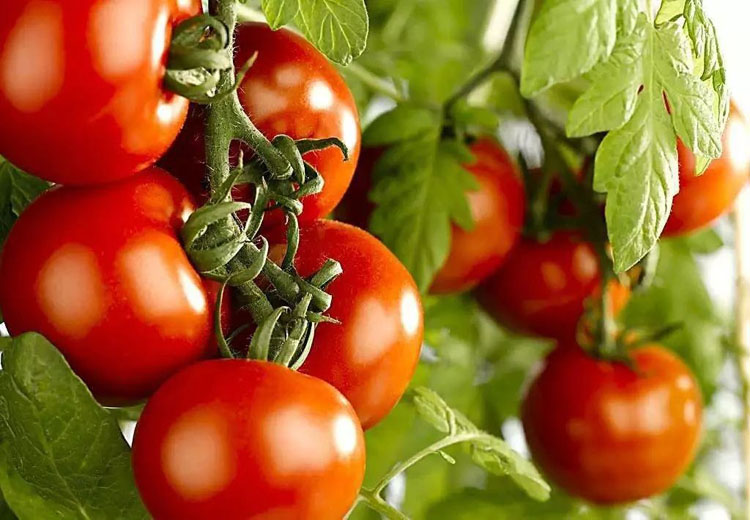
Potassium is the most common, followed by nitrogen and phosphorus. According to measurements, for every 1,000 kg of tomatoes produced, 7.8 kg of nitrogen, 1.3 kg of phosphorus, 15.9 kg of potassium, 2.1 kg of CaO and 0.6 kg of MgO are required. The order of absorption of each element is: potassium>nitrogen>calcium>phosphorus>magnesium.
In the peak period, the nutrient absorption reached the maximum, and the fertilizer absorption in this period accounted for 50%-80% of the total absorption. After that, the nutrient absorption gradually decreased. Nitrogen fertilizer should be the mainstay in the seedling stage, and attention should be paid to applying phosphorus fertilizer to promote leaf area expansion and flower bud differentiation. In the full blooming stage of the first ear fruit, nitrogen and potassium nutrition should be gradually increased.
2.Cucumber
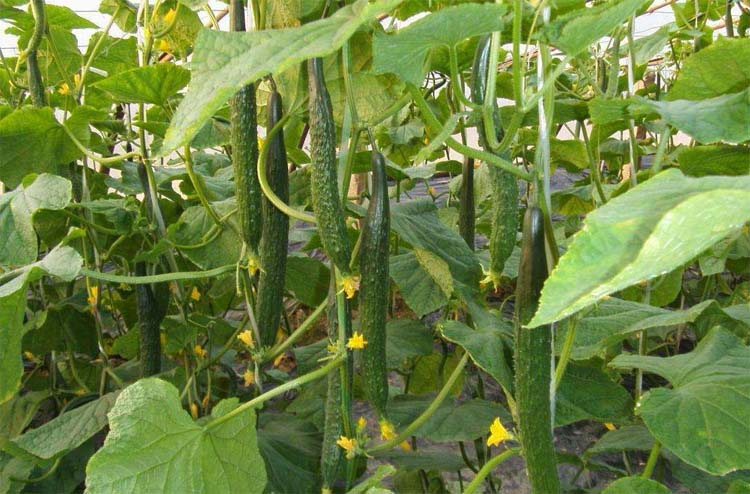
According to measurements, every 1,000 kg of cucumbers need to absorb N1.9-2.7 kg of P2O50.8-0.9 kg from the soil. K2O3.5-4.0 kg. The absorption ratio of nitrogen, phosphorus and potassium is 1:0.4:1.6. Cucumber needs the most potassium during the whole growth period, followed by nitrogen.
The nitrogen uptake of cucumbers rises linearly within 30 days after planting, and reaches the peak of uptake in the middle of growth. Entering the reproductive growth stage, the absorption of phosphorus by cucumbers increases sharply, while the demand for nitrogen decreases slightly. Cucumber absorbs potassium throughout its growth period, so it is important to use high potassium water-soluble fertilizer with a potassium content of 40 or 44 in cucumber production.
3. Eggplant
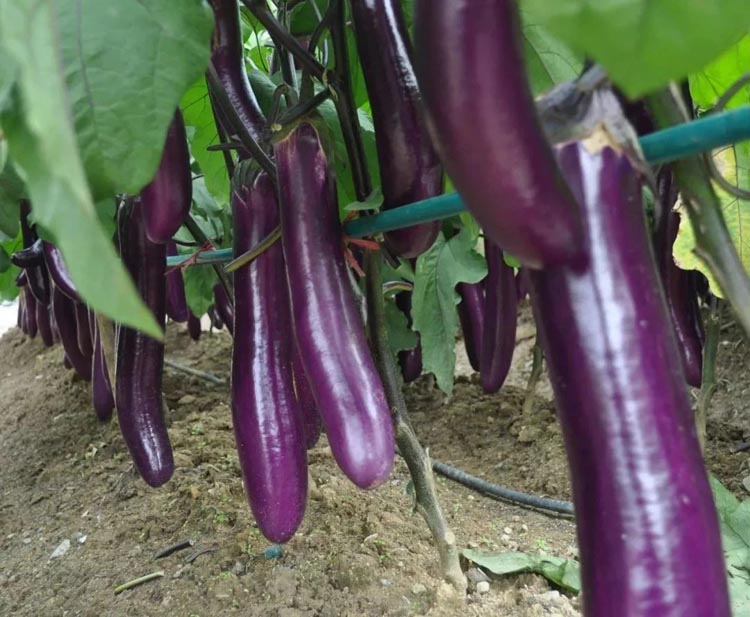
The amount of potassium absorbed in the middle of growth is similar to that of nitrogen. In the later stage of growth, the amount of potassium absorbed is much greater than that of nitrogen. In the later stage, the amount of phosphorus absorbed increases, but it is much smaller than that of potassium and nitrogen.
For every 1,000 kg of eggplant produced, the absorption of each element is 2.7-3.3 kg of nitrogen, 0.7-0.8 kg of phosphorus, 4.7-5.1 kg of potassium, 1.2 kg of calcium oxide, and 0.5 kg of magnesium oxide. The absorption ratio is roughly 3: 1: 1.5. The suitable fertilizer formula should be 15:10:20.
4. Celery
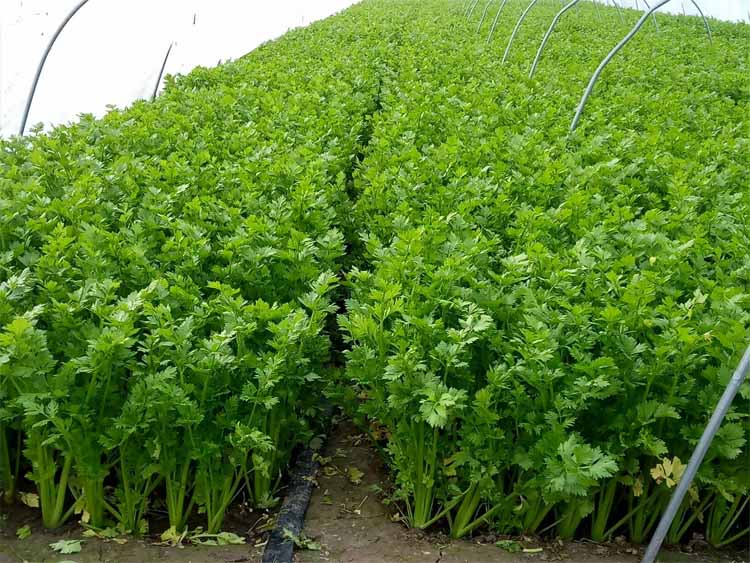
The nutrient absorption of celery during the whole growth period is consistent with the increase in biomass, and the absorption dynamics of each nutrient is basically the same, showing an "S" curve. The peak period of nutrient growth of celery in autumn is also the peak period of nutrient absorption, namely 68-100 days after sowing, the absorption of the five elements of nitrogen, phosphorus, potassium, calcium, and magnesium accounted for more than 84% of the total absorption, and calcium and potassium were as high as 98.1% and 90.7%.
Among them, nitrogen demand is the highest, followed by calcium and potassium, and phosphorus and magnesium are the least. The ratio of nitrogen, phosphorus, potassium, calcium, and magnesium is roughly 9.1:1.3:5.0:7.0:1.0. Generally, 1,000 kg of celery is produced, and the absorption of the three elements of nitrogen, phosphorus and potassium are 2.0 kg, 0.93 kg and 3.88 kg respectively.
5. Spinach
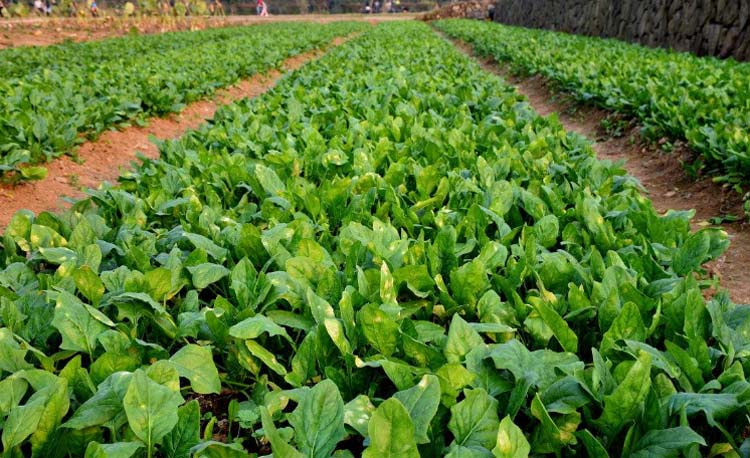
The production of 1,000 kg of spinach requires 1.6 kg of pure nitrogen, 0.83 kg of phosphorus pentoxide and 1.8 kg of potassium oxide. More nitrogen fertilizer is required to promote leaf growth. In terms of the type of nitrogen fertilizer, the amount of fertilization and the time of fertilization, spinach is a typical vegetable that likes nitrate nitrogen fertilizer. When the ratio of nitrate nitrogen to ammonium nitrogen is above 2:1, the yield is higher, but single application of ammonium nitrogen fertilizer It will inhibit the absorption of K and Ca, causing ammonia damage and affecting its growth.
While applying nitrate nitrogen fertilizer alone, although the plant growth is large, it consumes too much energy in the reduction process; under low light, the absorption of nitrate nitrogen may be inhibited, resulting in insufficient nitrogen supply, which can be combined with balanced water-soluble fertilizer use together.
Previous : Fertilization program for 24 cash crops (6-10)
Next : How to properly flush fertilizer? What is the difference between different fertilizers
Latest News
- The company overcame difficulties and won a "good start" in the first quarter ...2022-03-28
- Safe Production ...2022-03-28
- first-line collection ...2022-03-26
- Huaqiang News ...2022-03-26
- Huaqiang Chemical Strong Agriculture Project ...2022-03-25
- huaqiang news ...2022-03-24
- winning unit ...2022-03-22
- Huaqiang News ...2022-03-21
Related Information
- The best fertilizers for fruits and crops ...2020-05-26
- Huaqiang Chemical Group NPK fertilizer pdf ...2020-04-01
- Humic Acid Fertilizer ...2019-12-31
- Bulk Blending Fertilizer ...2019-12-27
- Water Soluble Fertilizer ...2019-12-08
- NPK Fertilizer ...2019-12-02
- Potassium Sulfate Fertilizer ...2019-11-30
- Urea Fertilizer ...2019-11-21
MESSAGE
Our sales staff will be the first time to get in touch with you,to provide you with the latest price.
-
Chemical Products
-
Compound fertilizer
-
Contact Us
Huaqiang Chemical Group Stock Co.,Ltd.
No.1 Jinping Avenue, Dangyang , Hubei , China
Http://www.hq-chemical.com
info@hq-chemical.com
Tel:+86 717 3431866
Mobile: +86 18627120543
© Copyright 2021 Huaqiang Chemical Group Stock Co.,Ltd. All Rights Reserved



